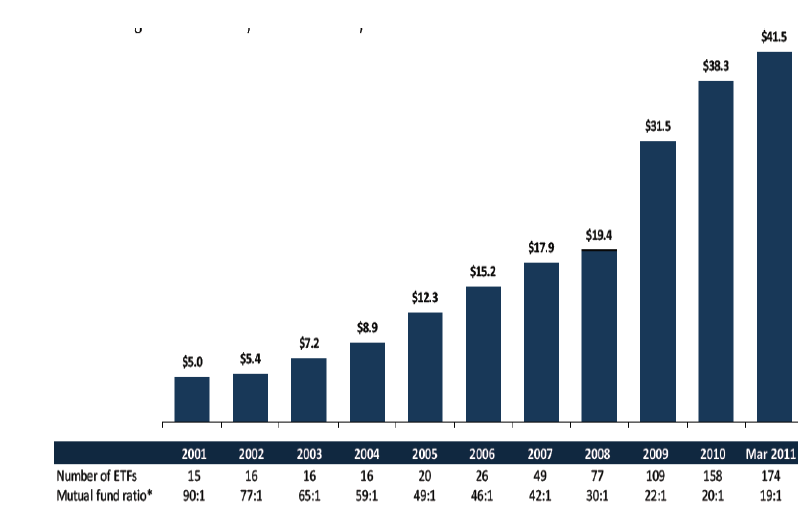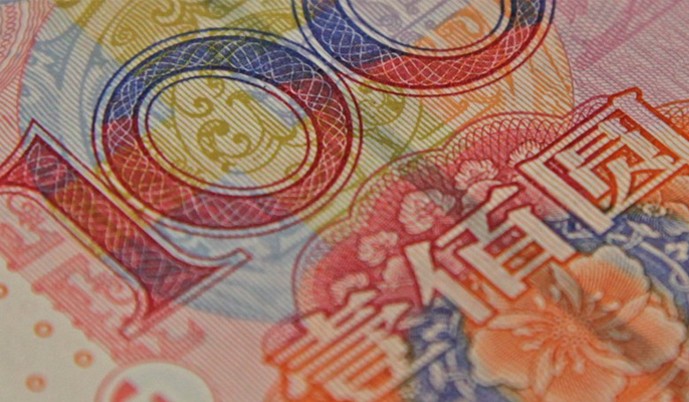ExchangeTraded Notes The Facts and the Risks
Post on: 29 Апрель, 2015 No Comment

Key Points
- Exchange-traded notes (ETNs) are not exchange-traded funds (ETFs). ETNs are not backed by a separate pool of assets. Unlike a traditional ETF, ETNs have inherent credit risk.
Exchange-traded funds (ETFs) have been around since 1993, and in recent years they’ve become increasingly popular among investors. With this popularity has come a variety of new ETFs and related products, including exchange-traded notes (ETNs). It’s important that investors understand that ETNs are not the same as ETFs, and that they carry some important risks to be aware of.
ETF, ETN, ETP—what does it all mean?
While ETNs are sometimes grouped alongside ETFs, the big umbrella term that covers both of them is ETP: exchange-traded product .
An exchange-traded fund (ETF) is a basket of securities such as stocks, bonds or commodities. It’s similar in many ways to a mutual fund, but it trades on an exchange like a stock. An important characteristic of ETFs and mutual funds is that they’re legally separate from the company that manages them. They’re structured as separate investment companies, limited partnerships or trusts. This matters because even if the parent company behind the ETF goes out of the business, the assets of the ETF itself are completely separate and investors will still own the assets held by the fund.
Exchange-traded notes (ETNs) are different. Instead of being an independent pool of securities, an ETN is a bond issued by a financial institution. That company promises to pay ETN holders the return on some index over a certain period of time and return the principal of the investment at maturity. However, if something happens to that company (such as bankruptcy) and it’s unable to make good on its promise to pay, ETN holders could be left with a worthless investment (just like anyone else who had lent the company money).
Why would anyone buy an ETN?
Given that ETNs carry credit risk, you might wonder why anyone uses them at all. But there are a few features that attract some investors to ETNs.
First, since the issuer is promising to pay exactly the return on some index (minus its own expenses, of course), there’s little risk of tracking error. That is, the ETN should be expected to very closely match the performance of the index. Of course, well-managed ETFs can do the same thing, but an ETN comes with an explicit promise.
Second, some ETNs promise to deliver the returns of a particular index that isn’t available in an ETF framework. For investors committed to such a niche investment, an ETN might be the only option.
Third, ETNs may have some attractive tax consequences. While this could change in the future, ETN investors are usually responsible for paying taxes on their investment only when they sell it for a gain. ETNs don’t distribute dividend or interest income the way a stock or bond fund may, so all taxes are deferred and taxed as capital gains. It’s important to note, however, that the IRS has ruled against this tax treatment for currency ETNs, and similar rulings may follow in the future for other types of ETNs.
Is it worth the risk?
For most investors, the credit risk inherent in an ETN isn’t worth it, in our view. Lehman Brothers had issued three ETNs at the time of its bankruptcy in September 2008, and investors who owned shares of these ETNs at the time lost a substantial part, if not all, of their investments; the risk is real.
If an investor is comfortable evaluating the credit risk of an ETN issuer, then an ETN may be a reasonable investment. But most investors turn to exchange-traded products in order to get exposure to a particular segment of the market, not to evaluate a bond issuer’s health. As a result, they generally will not find ETNs to fit their investment goals.

Investor alert: Exchange-Traded Notes—Avoid Unpleasant Surprises, July 10, 2012
The Financial Industry Regulatory Authority (FINRA) issued a new Investor Alert, Exchange-Traded Notes—Avoid Unpleasant Surprises, to inform investors of the features and risks of ETNs.
Real-life ETN Examples
As an example of what could go wrong with an ETN, consider one highly exotic ETN that was designed to track twice the daily returns of an index of futures contracts on the implied volatility of the S&P 500® Index. On February 21, 2012, the underwriting bank behind the note stopped issuing new shares of the ETN. This meant that if more investors tried to buy the note, its price could go higher and higher above the underlying value of the index it tracks, which is exactly what happened. By March 21, the ETN’s market price was almost 90% higher than its underlying indicative value.
On March 22, the ETN’s price started returning to reality; on that same day, the underwriting bank announced that it would start issuing new shares again. The ETN’s price plunged almost 30% in one day and almost 30% again the next day, ending the two-day stretch with a price only 7% higher than the fund’s indicative value.
While the suspension of issuance of new shares isn’t a problem unique to ETNs, this case provides a particularly stark example of the importance of making sure investors stick to funds whose prices are close to their true underlying values.
Opta ETNs
In February of 2008, Lehman Brothers got into the ETN game by issuing three notes under the Opta name. One was tied to listed private equity companies, and the other two were tied to commodities. Thankfully, none of the funds had gathered any meaningful assets by the time Lehman Brothers went bankrupt just seven months later, in September 2008. However, any investors who did hold shares of these ETNs when Lehman Brothers went bankrupt ended up waiting in bankruptcy court with everyone else who’d loaned money to the firm, hoping to get a few cents on the dollar for their investment.
Data Source: Morningstar Direct














